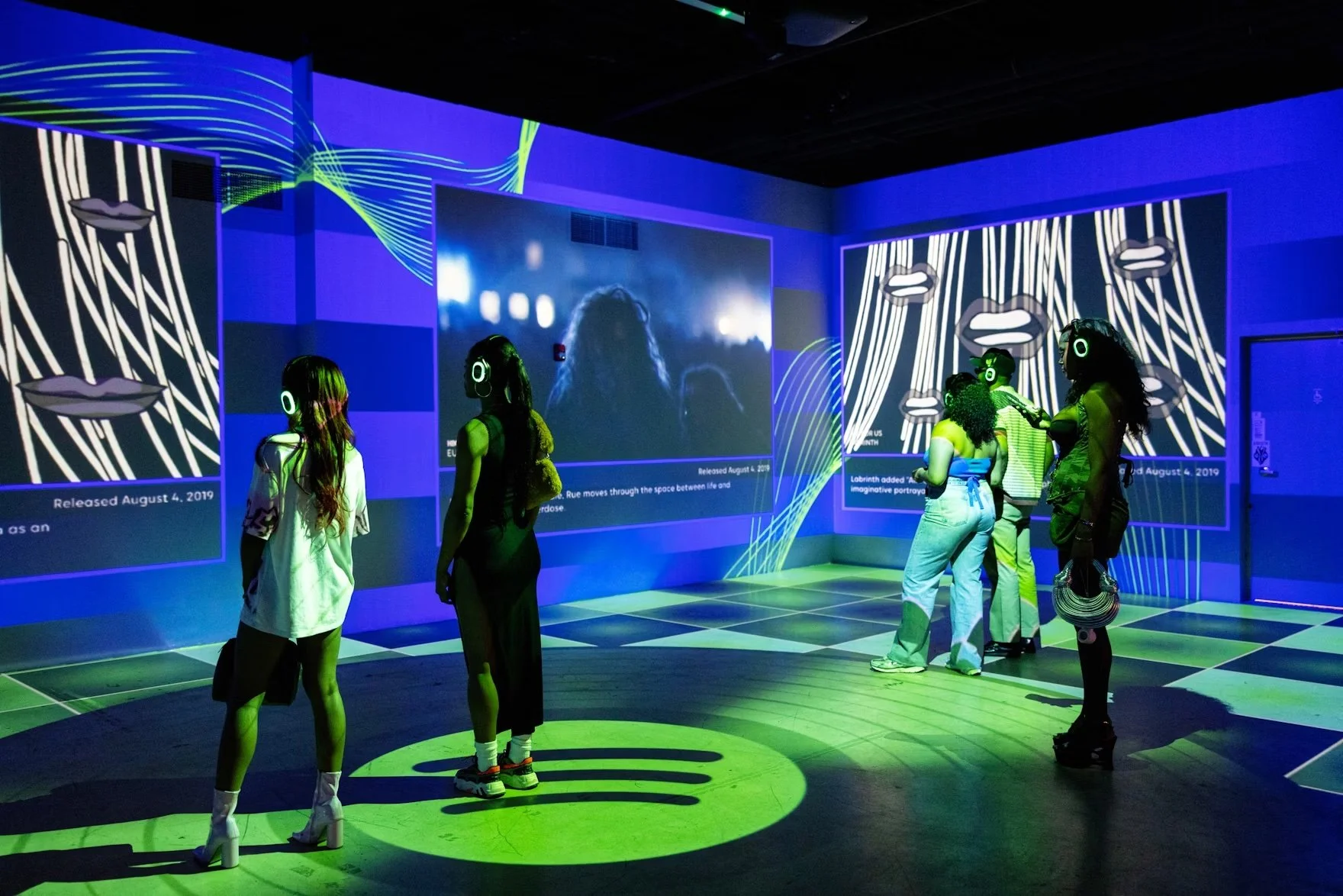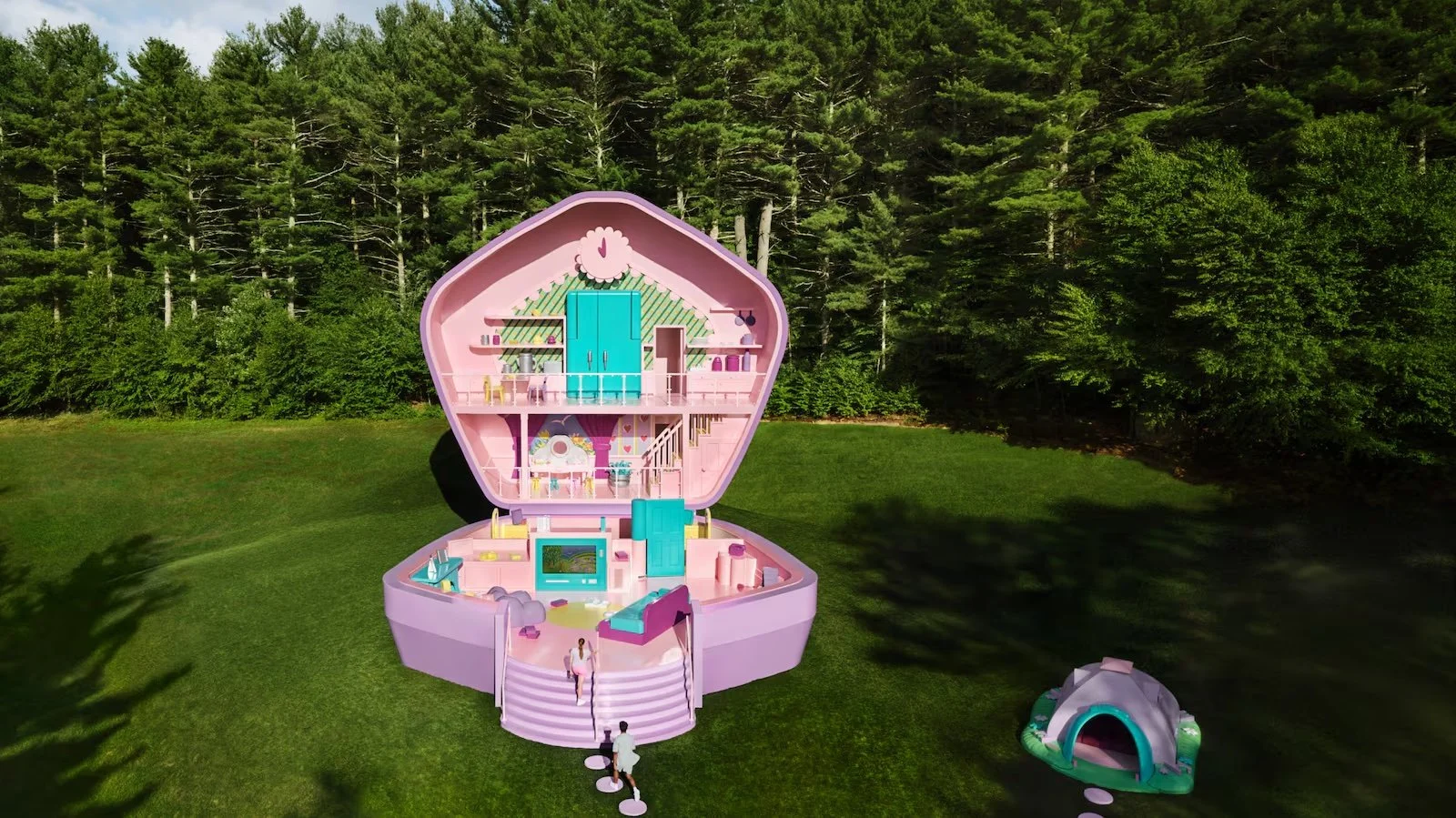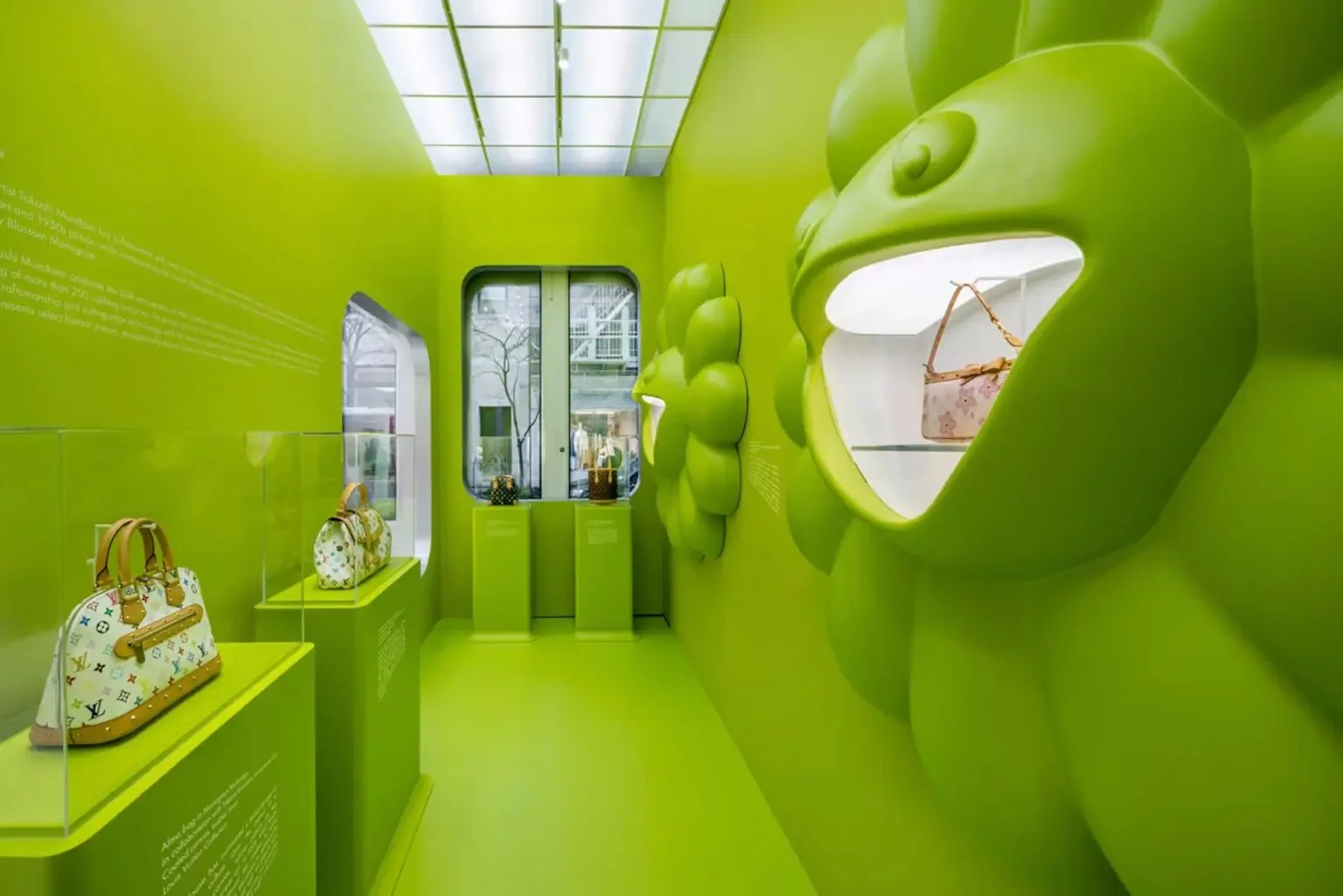WHY EVERYTHING FEELS LIKE A MEMORY: THE RISE OF NEO-ANALOGISM IN EXPERIENTIAL MARKETING
THE RETURN OF THE REAL
The pendulum is swinging. For years, sleek minimalism, frictionless tech, and hyper-personalized algorithms defined the brand experience. But lately? We’re watching the edges blur.
Vinyl outsold CDs for the first time since 1987. Gen Z is swapping filters for film. And in cultural corners from fashion to food, the vibe is unmistakable: everything old is new again, because it feels more relatable.
In a hyper-digital world, brands are trading pixel for patina. They’re designing moments that are tactile, temporal, and emotionally textured. This is more than retro; it’s neo-analogism. And it’s quickly becoming one of the most effective ways to foster trust, connection, and memory.
WHAT IS NEO-ANALOGISM?
Neo-analogism is the modern revival of pre-digital textures, tools, and traditions, not as aesthetic gimmick, but as a sensory counterbalance to our digitized lives.
We see it in the slow bloom of bardcore TikToks and medieval-themed cafés. In the return of Polaroid walls, letterpress menus, and cassette drops. In analog recording sessions and film photo booths that offer grain, warmth, and wait time.
Why it works:
It slows people down.
It engages the senses.
It reads as “true” in a world of filters and facades.
Analogism isn’t a rejection of innovation. It’s a reminder that innovation without emotion is easy to forget.
NOSTALGIA AS A TRUST ANCHOR
If you want people to feel something real, start with what they already miss.
Nostalgia doesn’t just spark sentiment; it creates psychological safety. Studies show it increases dopamine, oxytocin, and feelings of interpersonal trust. In other words: when we remember the past fondly, we’re more open to connecting in the present.
McDonald’s leaned into retro Americana for its 2025 St. Patrick’s Day campaign—bringing back the classic Shamrock Shake along with a surprise revival of Uncle O’Grimacey, Grimace’s rarely‑seen green uncle character from the '70s .
To amplify nostalgia, select restaurants were dressed up with old‑school diner signage, retro uniforms, and themed playlists that anchored the experience in memory. The result: a limited‑time moment that felt heartfelt and familiar, not just consumable.
In a time of burnout, bots, and brand skepticism, analog cues are shorthand for honesty. They say: “This moment was made for you, not your algorithm.”
REAL-WORLD ACTIVATIONS EMBRACING THIS TREND
Max & Spotify "Shaped by Sound" – Black Music Month, Hall des Lumières NYC (June 2024)
This experience married immersive projection mapping with curated nostalgic audio of iconic concert moments. Guests walked through rooms that celebrated Black music’s history, from cassette-era mixtapes to live performances. The activation brought analog sound and visuals into a shared, emotionally resonant space.
Airbnb × Mattel Polly Pocket House – Experiential Pop-up (2024)
Airbnb teamed with Mattel in 2024 to bring back 1990s nostalgia: a flesh-and-blood Polly Pocket dollhouse, complete with 90s-style furnishings and decor. Adults got to relive the tactile thrill of childhood play in a fully physical, miniaturized environment they could step into (real childhood memories they could touch and inhabit).
Louis Vuitton’s “Modular Murakami” – Pop-Up in SoHo (Jan 2025)
Guests stepped into a high-gloss time capsule complete with archival prints, collectible vending machines, and a cinema room screening Murakami’s original Superflat animations. The tactile joy of sticker pulls, plush textures, and throwback packaging wasn’t just aesthetic—it was emotional architecture. Louis Vuitton didn’t just showcase legacy. They let people touch it. In a moment where brand trust is built through feeling, this was analog luxury done right.
THE AESTHETIC LANGUAGE OF ANALOG ESCAPISM
The visual shift is clear, and intentional:
Textures: Velvet booths, clay mugs, raw wood, dried florals
Lighting: Candlelight over color-changing LEDs
Typography: Illustrated signage and serif fonts instead of sleek sans-serifs
Sound: Vinyl crackle and ambient noise over autoplay playlists
These choices warm the space. They make a brand feel lived-in. And in that warmth, people open up.
TAKEAWAYS FOR BRAND STRATEGY
Create for slowness: Design spaces that reward presence, not just attendance.
Curate imperfection: That mismatched stool or handwritten note might be the most photographed part of your activation.
Don’t go full analog, go hybrid: Merge analog with AR overlays, immersive sound design, or tactile tech to deepen the emotional effect.
Use nostalgia to anchor, not escape: Great activations don’t dwell in the past. They borrow its magic to make the present more vivid.
A FUTURE THAT FEELS FAMILIAR
Authenticity isn’t just a buzzword; it’s a felt experience. And nothing feels more authentic right now than a moment that’s rougher, warmer, and slower than the world outside.
In a culture racing toward what’s next, nostalgia isn’t a retreat. It’s a strategy. And neo-analogism is the creative frontier for brands who want to be remembered.
Want to build something that sticks? Let’s make magic.




